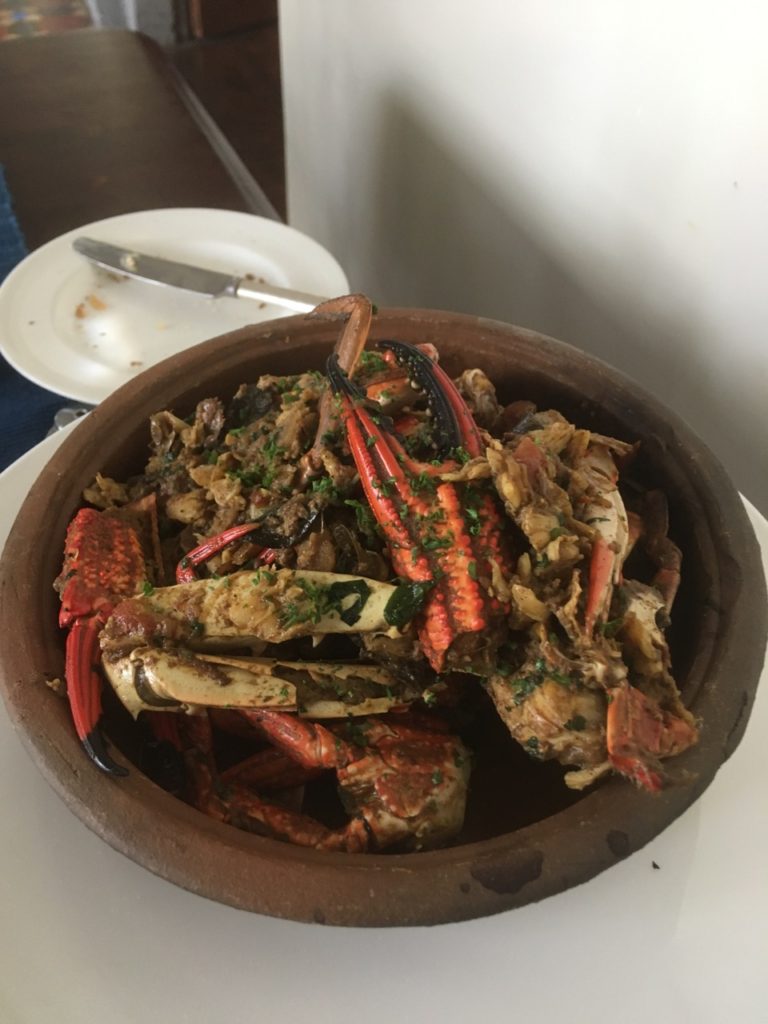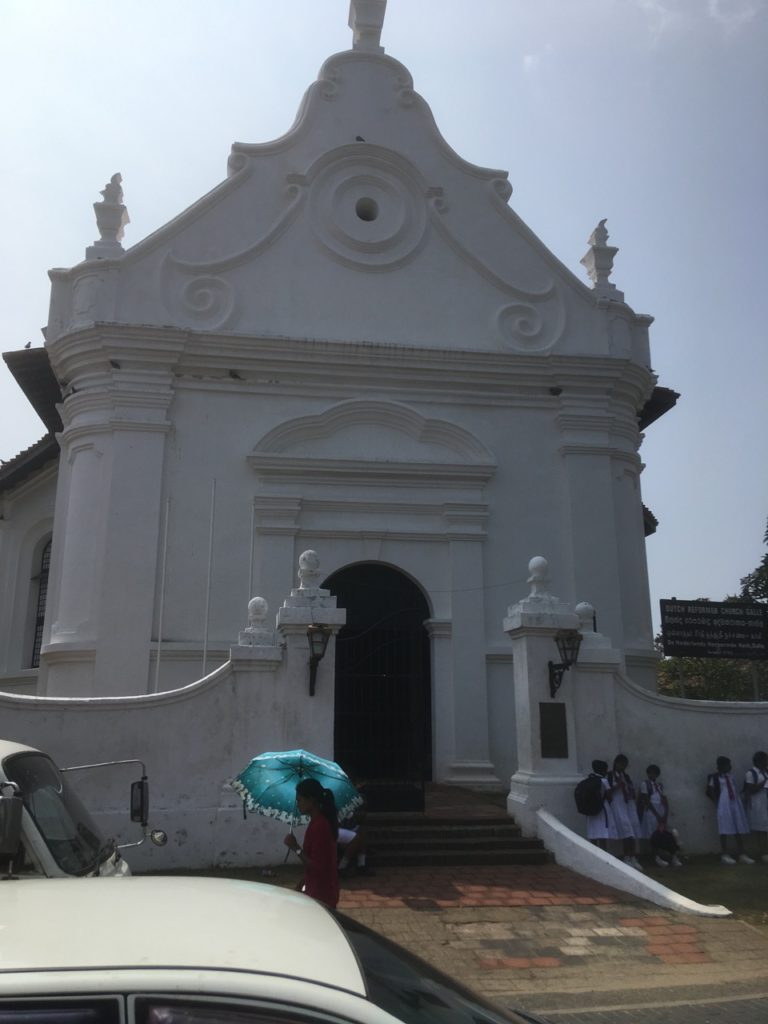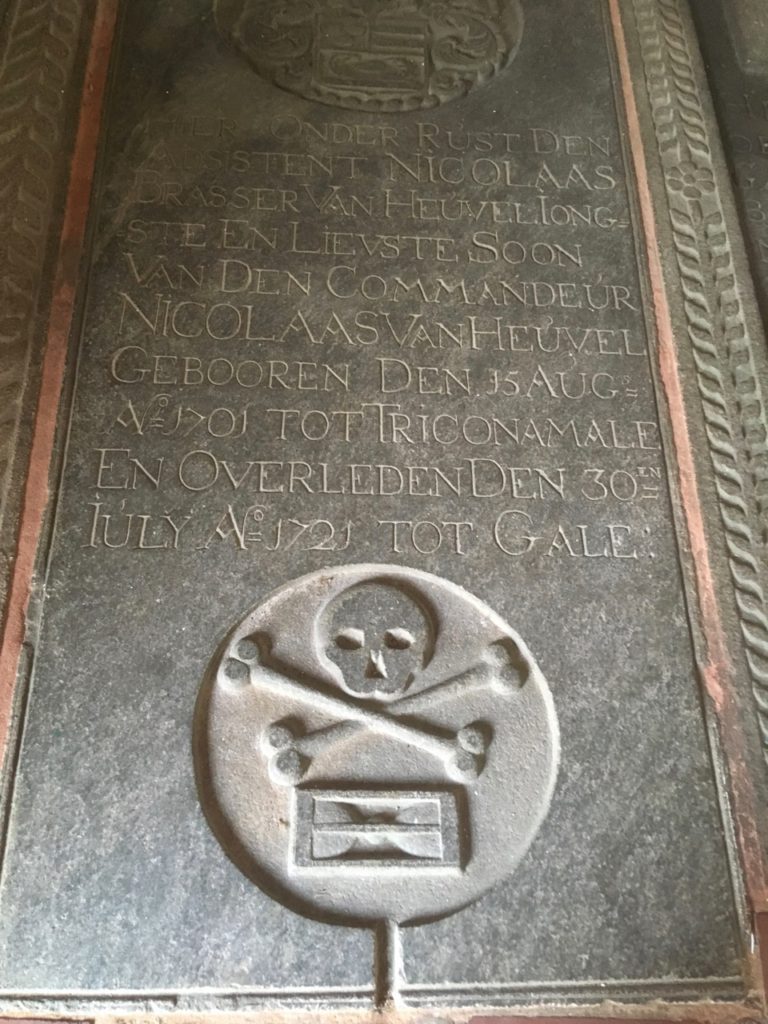We are now back on the beautiful south west coast which seems to be almost one long continuous palm fringed beach with golden sand, pounding waves, lagoons, rivers, jungle and small towns dotted along the extremely busy road running between Colombo and Galle. We are here to see Nick’s sister and her husband, who have kindly made all the arrangements for us as they come here every year and know it well. In the 70’s the village attracted many hippies and it gradually became well known, so that now the coral reef and the diving bring many winter holiday makers, particularly from northern Europe, to what has become a bustling tourist destination.
We have breakfast overlooking the sea and after a day of lounging in the sun, swimming, snorkelling, walking, talking, reading, it is suddenly evening. A great red sun drops quickly down to the sea, bleaching the light, dazzling the eyes and then changing the colours of sky and water as it descends, and as suddenly, pinpoints of light from fishing boats line the horizon. Drinks are downed and it is time for another curry or some seafood.
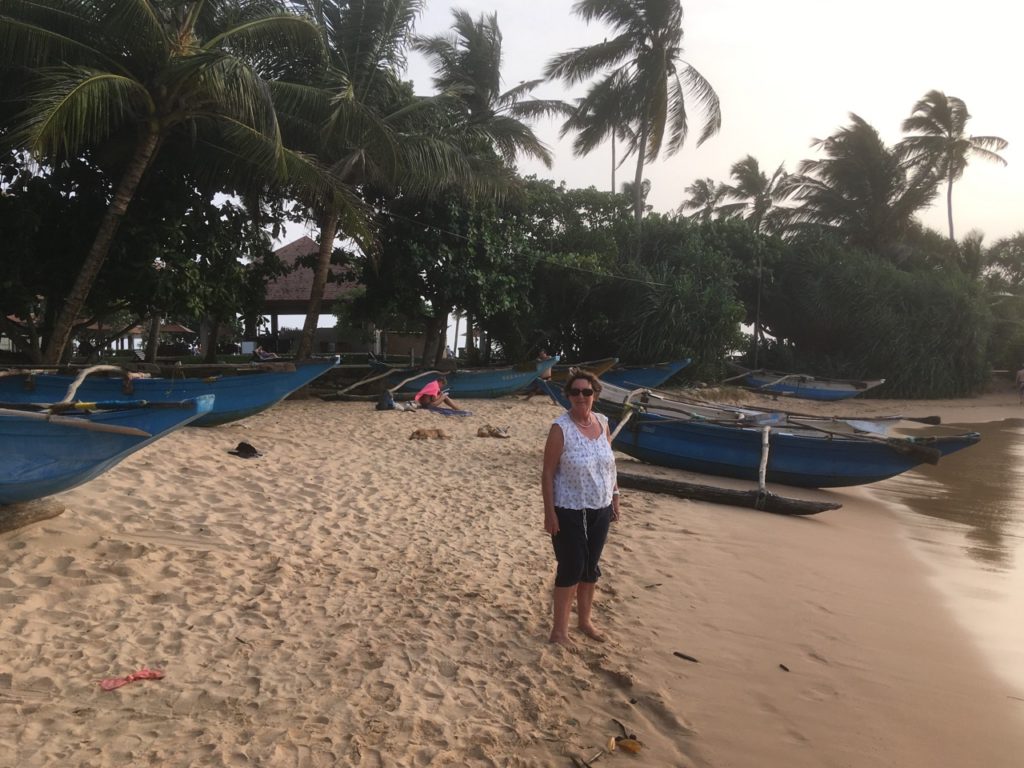
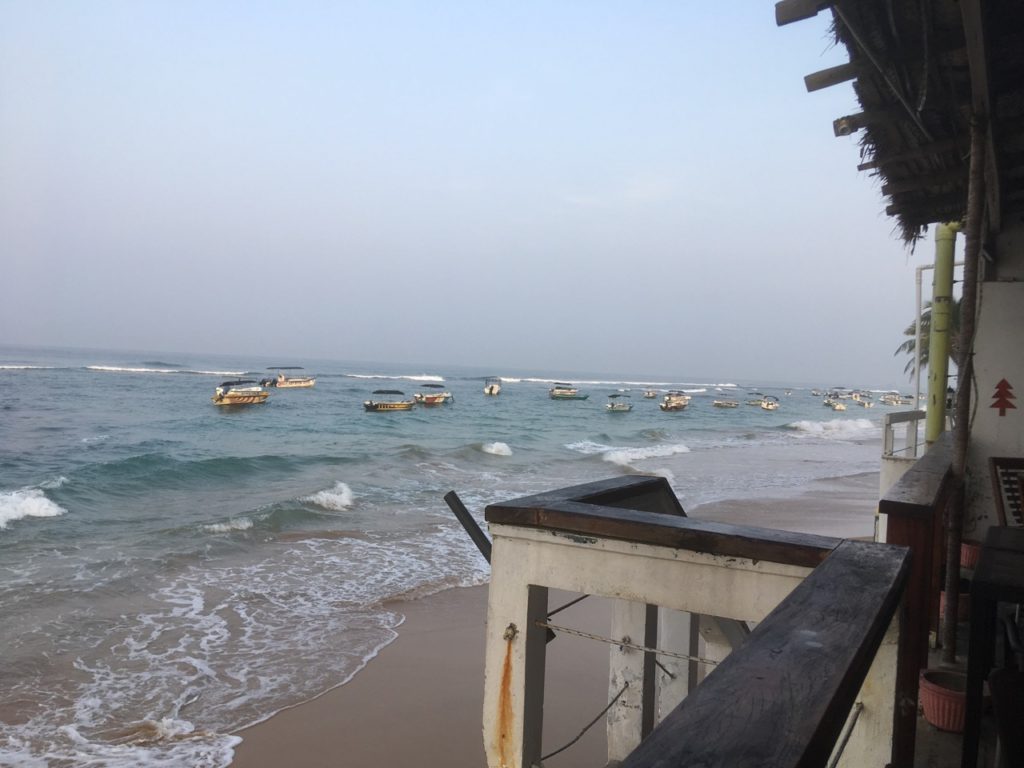
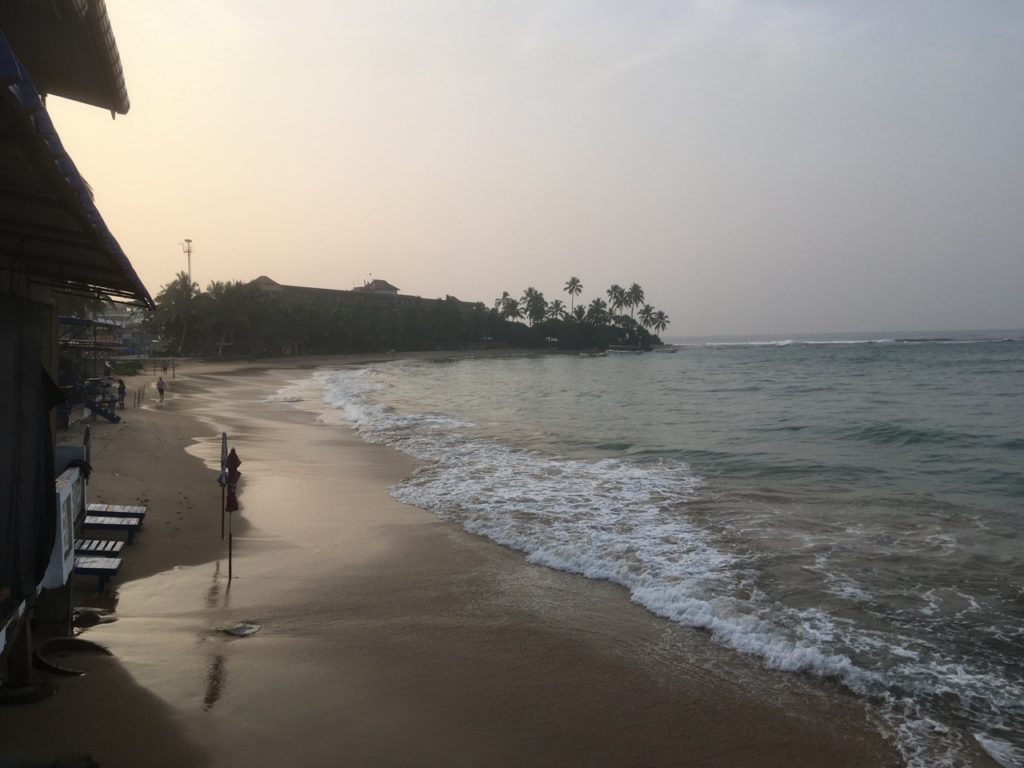
Yesterday we returned to Galle to see more of the historic buildings and travelled by train, an interesting journey whch brought us to the centre of the New Town near the bus station. Walking to the old Fort town we passed the 100 year old cricket ground and went through the main gate built by the British in 1873. After some light shopping we found the old Dutch Hospital which has now been restored and has a good selection of cafes and restaurants. Drinking iced cinammon tea we watched the waves, caught the breezes and imagined being a patient suffering from malaria, yellowfever or other tropical disease in this large colonnaded 18th century hospital.
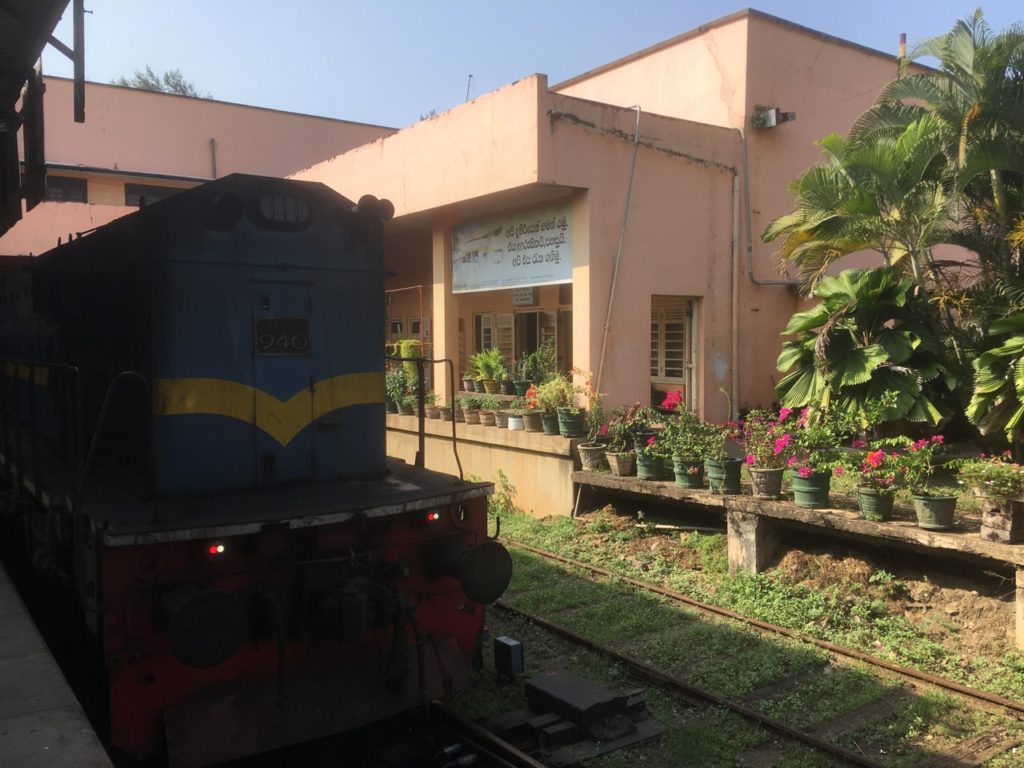
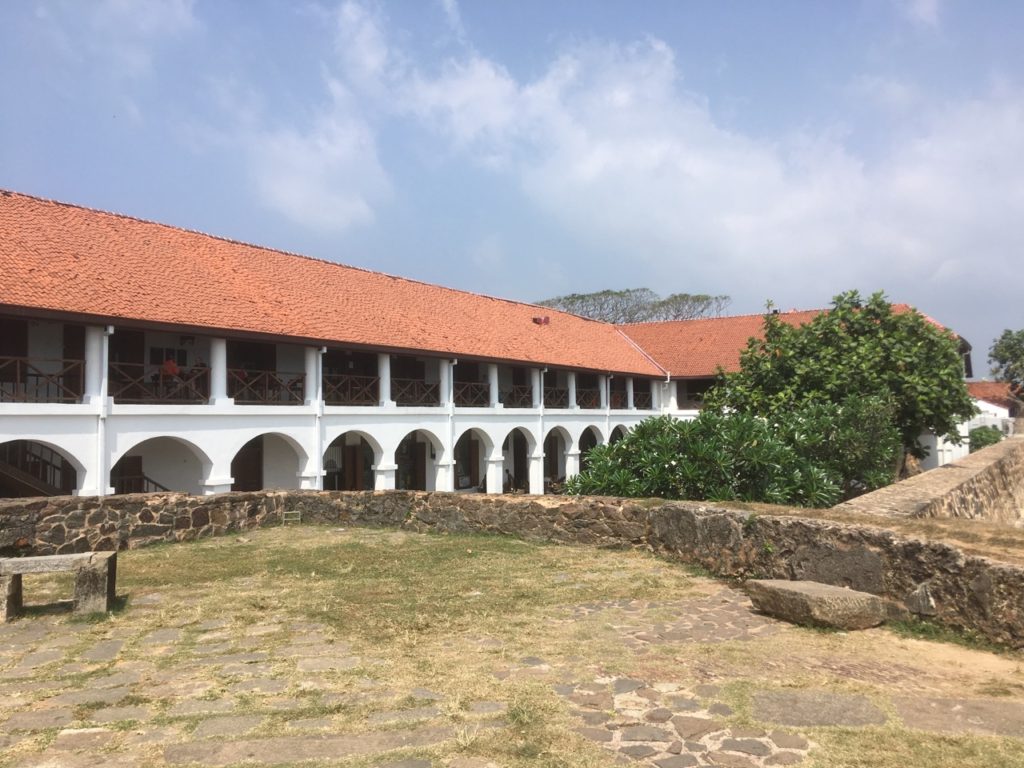
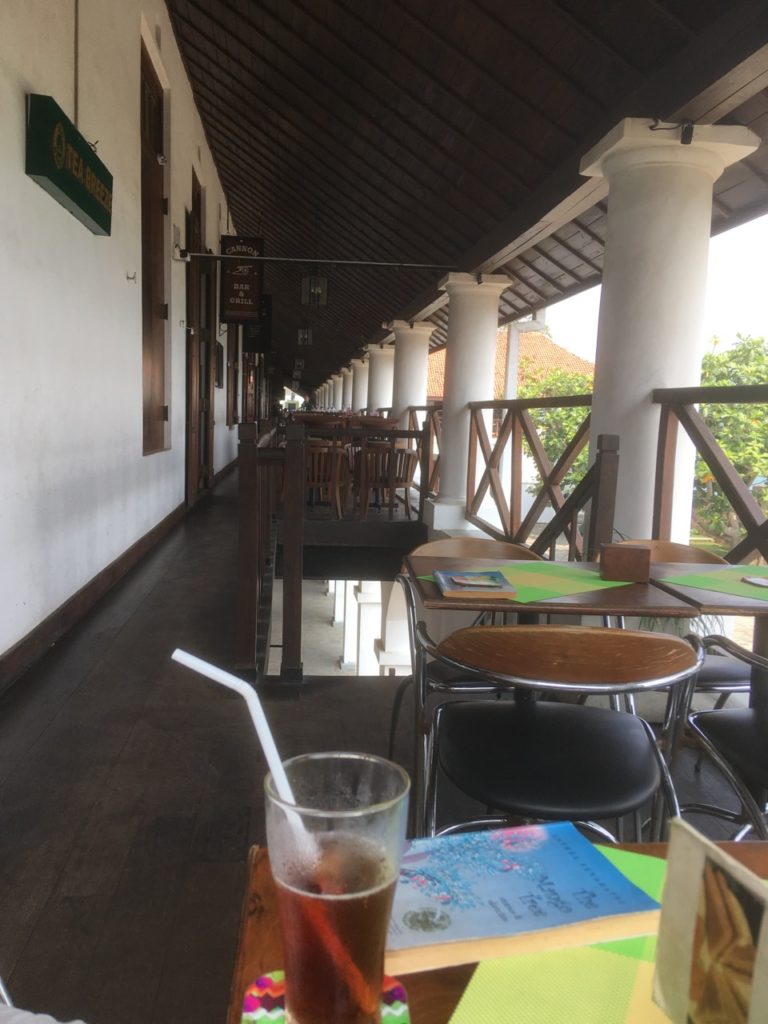
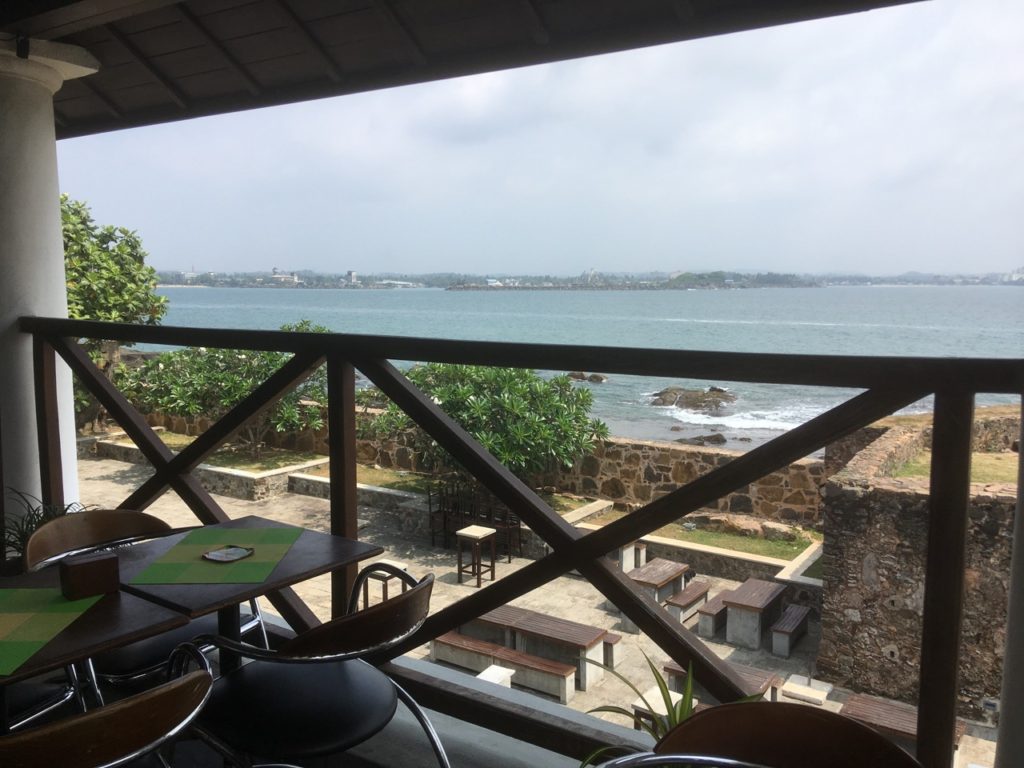
Walking past the busy law courts’ area we came to the maritime and marine archaeology museums. In the latter, thoughtfully selected exhibits, such as a full sized model of a fishing boat with outrigger, illustrate the importance of fishing to the island, while copies of local 19th century illustrations show how the colonial people were perceived. There is also a good exposition of underwater archaeology, highlighting the wreck of the Avondster (Evening Star) formerly a British vessel, captured by the Dutch, that subsequently made over 70 voyages between Holland, the Cape of Good Hope, Galle and Batavia, before sinking in Galle Harbour in the mid-18th century. The excavated contents in the galleries give a good insight into the cargo of such a ship and the lives of the crew.
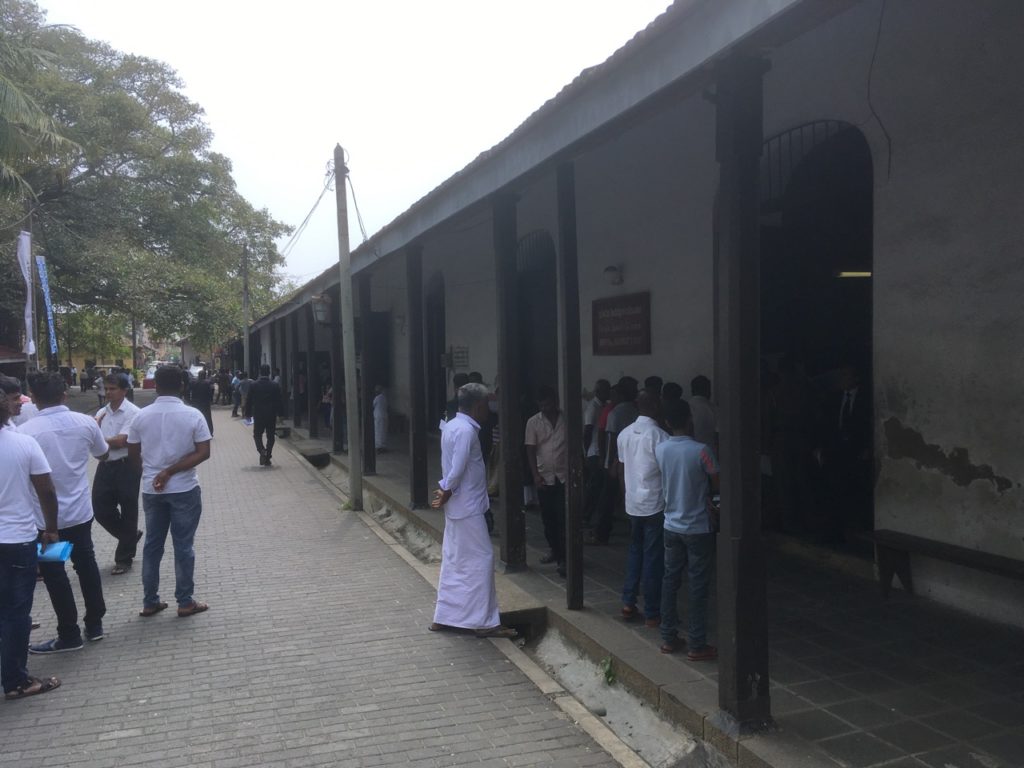
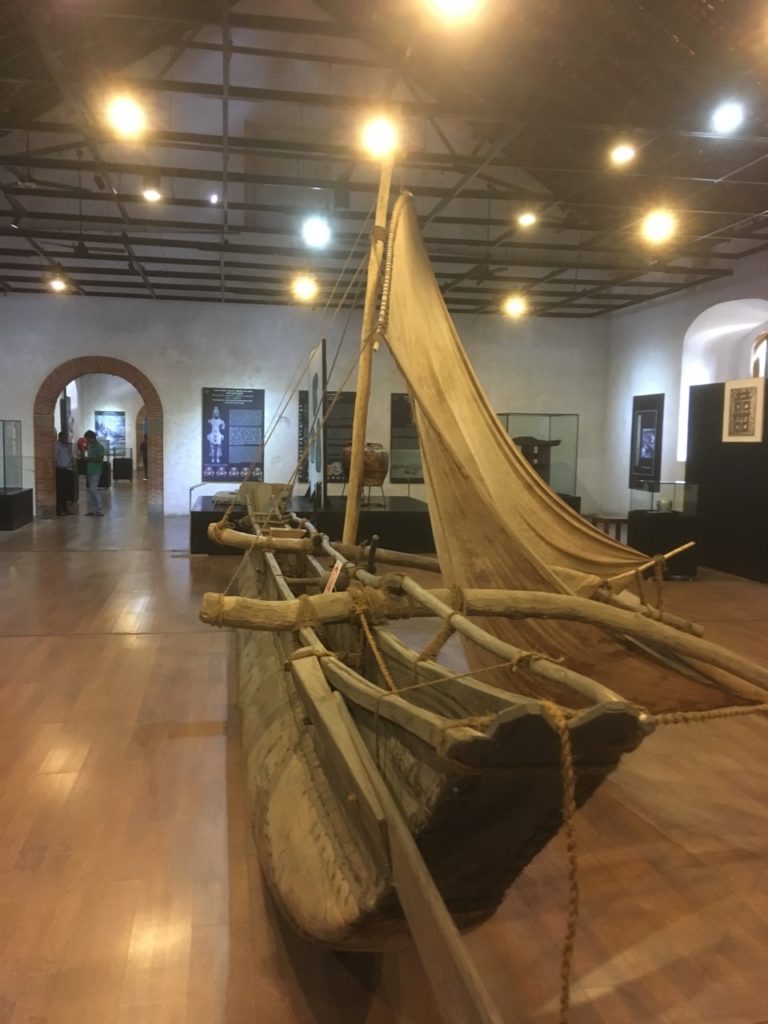
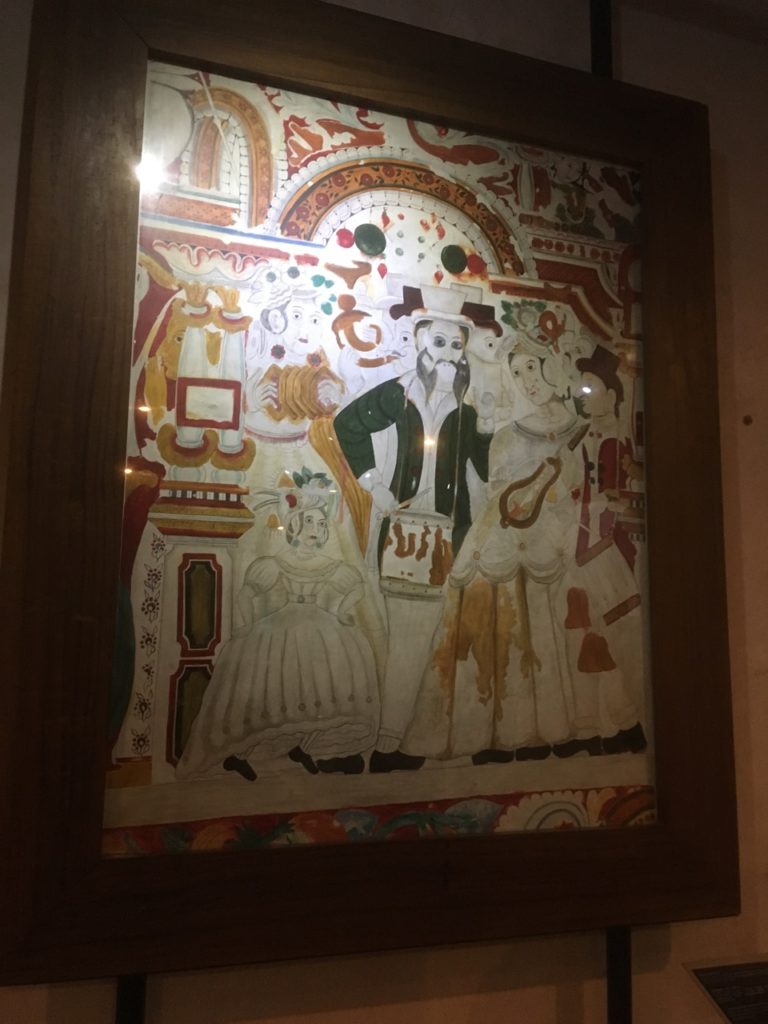

At the Amangalla Hotel, formerly the New Oriental Hotel, now restored to its former glory and where generations of travellers were catered for in colonial times, we enjoyed an excellent lunch. Finally, we examined the elaborately gabled Dutch Reformed Church with its impressive pulpit carved from Malaysian calamander wood. In true Calvinistic spirit the gravestones set into the floor and brought here from graveyards and an earlier church, had graphic images of mortality and decay as well as the names of the deceased.
